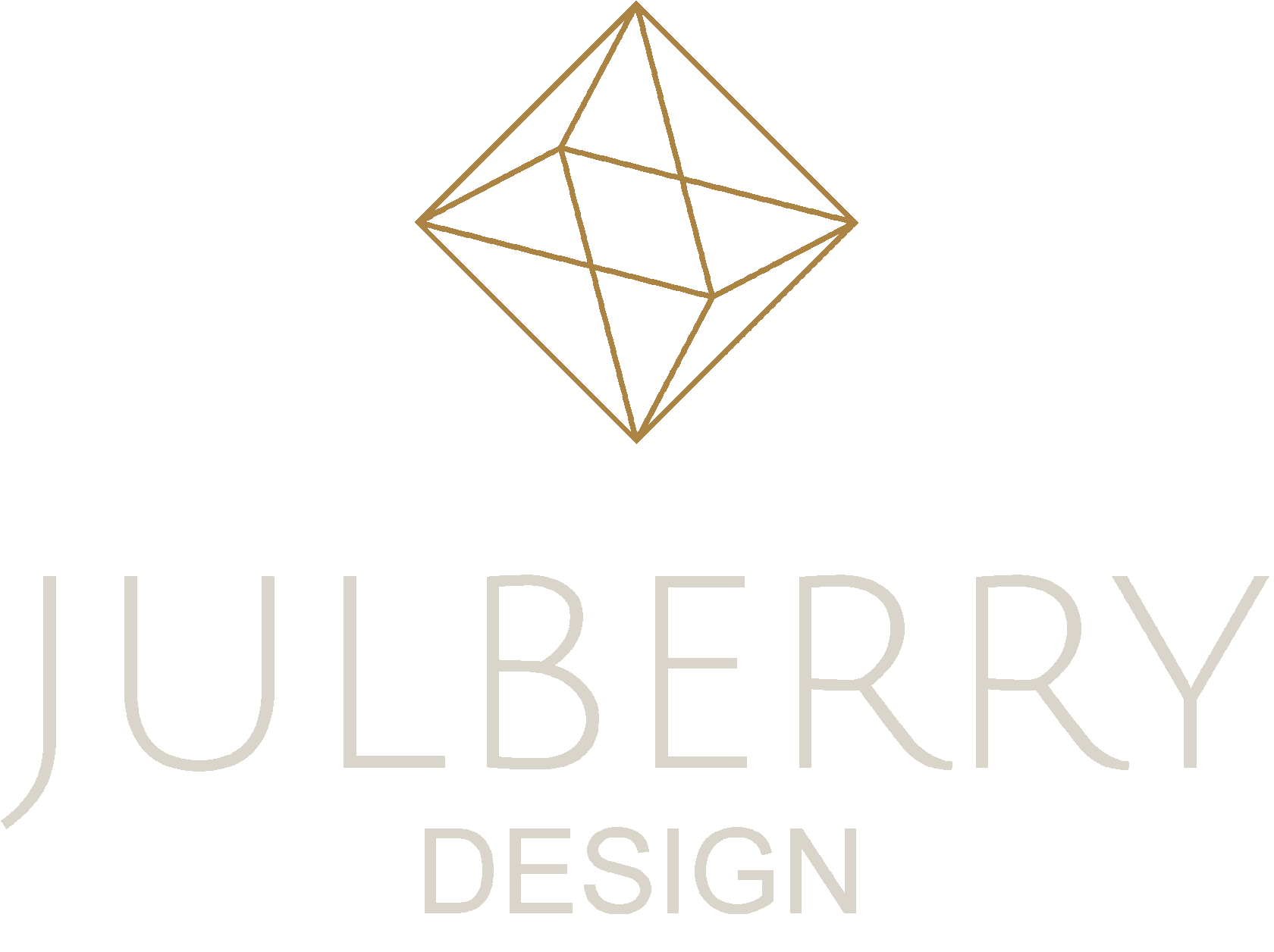Good lighting transforms the kitchen from merely a place to prepare meals into a welcoming hub of the home, adaptable for cooking, socializing, and even working.
How to make it right and to not overdo and overthink?
When to pay attention to when selecting Light fixtures?
How to balance everything withing the living openspace?
We've heard these questions before and we've put together some rules for you.
For a fully functional kitchen lighting setup, incorporate three types of lighting:
Ambient lighting: Provides overall illumination to the kitchen. Ceiling-mounted or recessed fixtures that direct light downwards are commonly used.
Task lighting: Focuses light on work areas like countertops, sinks, and islands. Under-cabinet lighting is a popular choice for task lighting because it illuminates the workspace without casting shadows.
Accent lighting: Adds visual interest and depth to the kitchen. It could be in the form of toe kick lights, in-cabinet lighting, or track lighting aimed at artwork or glass-front cabinets.
Maximize the use of natural light by keeping windows clean and clear of obstructions. Consider using light window treatments that allow sunlight to permeate the space while providing privacy when needed.
Ensure that lighting is evenly distributed to avoid dark spots. For task lighting, place lights directly above the work area to minimize shadows cast by your body.
Divide the kitchen into different lighting zones based on the activities that take place in each area. For example, separate zones for food preparation, cooking, dining, and entertaining can help you customize the lighting to suit specific tasks and create the right ambiance.
Your lighting fixtures should complement the kitchen’s overall design theme, whether it’s modern, traditional, industrial, or farmhouse. Lighting can serve as both a functional element and a decorative piece that ties the room together.
| UNDERSTANDING COLOUR TEMPERATURE AND ITS ROLE IN your kitchen DESIGN Consider the color temperature of the lighting in your kitchen is another important thing in your kitchen design. Light bulbs come in different color temperatures, measured in Kelvin (K). > 5000K - Cool White light adds a bluish tint to existing colors. This color range flattens reds and enhances blues. Cool whites create a crisp, invigorating, and attentive mood due to the similarity to the intensity and clarity of sunlight. 3500-5000K - Neutral White light, with color temperatures to enhance all existing colors. This color range enhances efficiency and vibrancy while still giving the feeling of balance to a space. <3500K - Warm White light adds an amber tint to existing colors. This causes the reds to appear more vibrant and the blues to appear duller. This color range feels welcoming, cozy, calm, inviting and intimate. For the kitchen, a warm white light (2700K – 3000K) is welcoming and ideal for ambient lighting, while a cooler white (3500K – 4000K) can be used for task lighting because it provides a crisper light that enhances visual clarity. Just remember different materials can appear differently under warm or cool lighting: warm lighting may enhance the warmth and richness of natural wood or earth-toned materials, while cool lighting may highlight the crispness and clarity of white or gray surfaces. |
A mix of ambient, task, and accent lighting, along with the utilization of natural light, can help achieve this goal. However, it requires careful planning and consideration of how the space is used. The benefits of proper lighting design are manifold, such as enhancing safety, functionality, and aesthetics.


